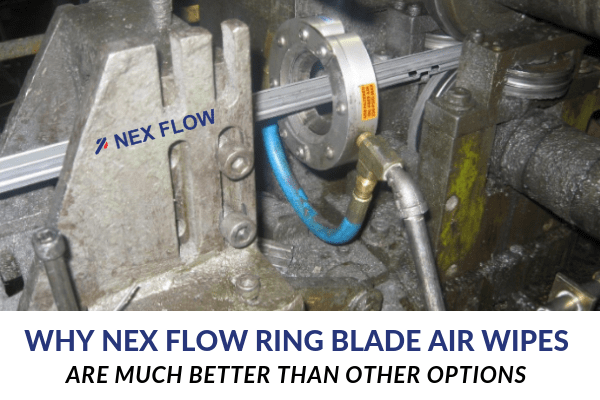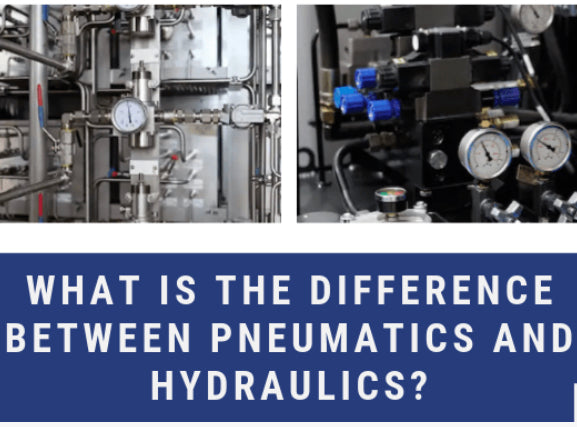News
Nex Flow Ring Blade Air Wipe Technology
Posted by Lindzey Williams on
- Tags: Air Wipes, Drying, Ring Blade, White Pages
The Nex Flow Difference: Why we Treat our Materials Differently.
Posted by Lindzey Williams on
While some of these “differences” in material handling and treatment can be more costly from a manufacturing point of view, they do offer significant added value to the products and a benefit to the customer, and still with a very competitive price.
- Tags: White Pages
Vortex Tubes- An Alternative to Refrigerant for Industrial Cooling
Posted by Lindzey Williams on
- Tags: cooling, vortex tube
What’s the Difference Between Pneumatics and Hydraulics?
Posted by Lindzey Williams on
- Tags: White Pages




